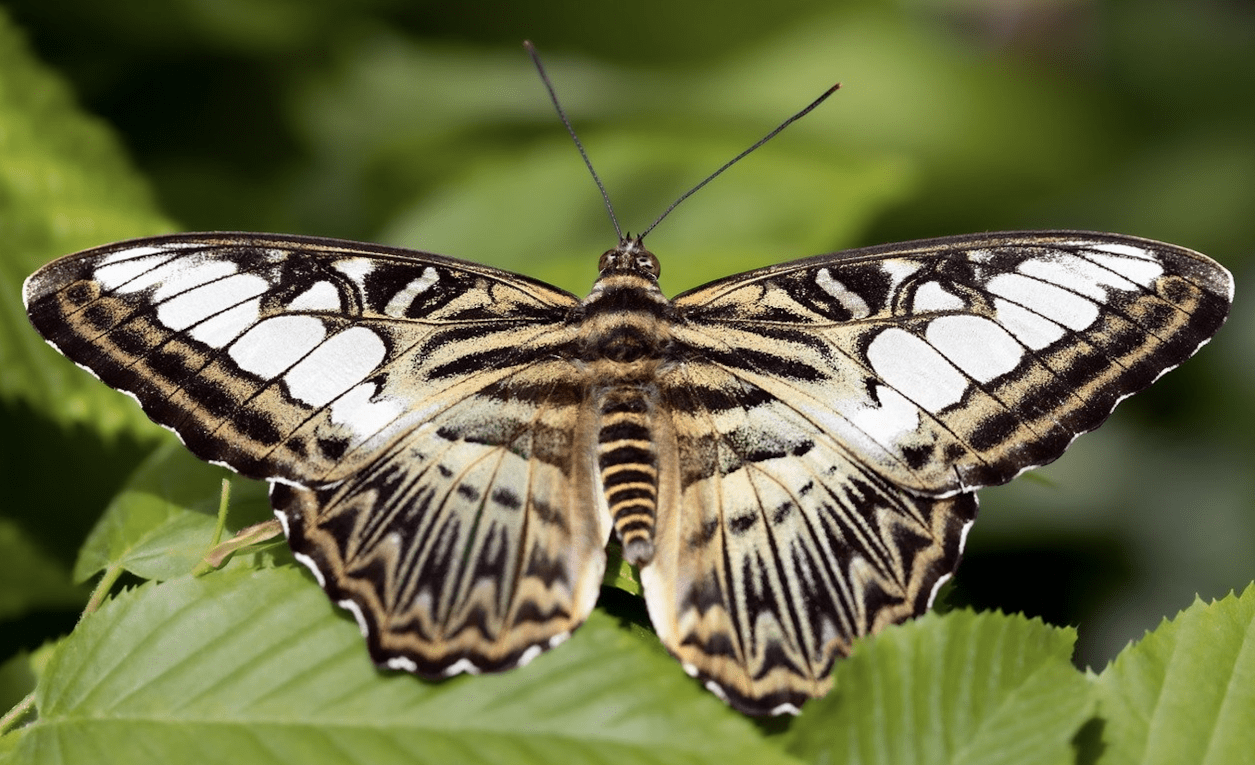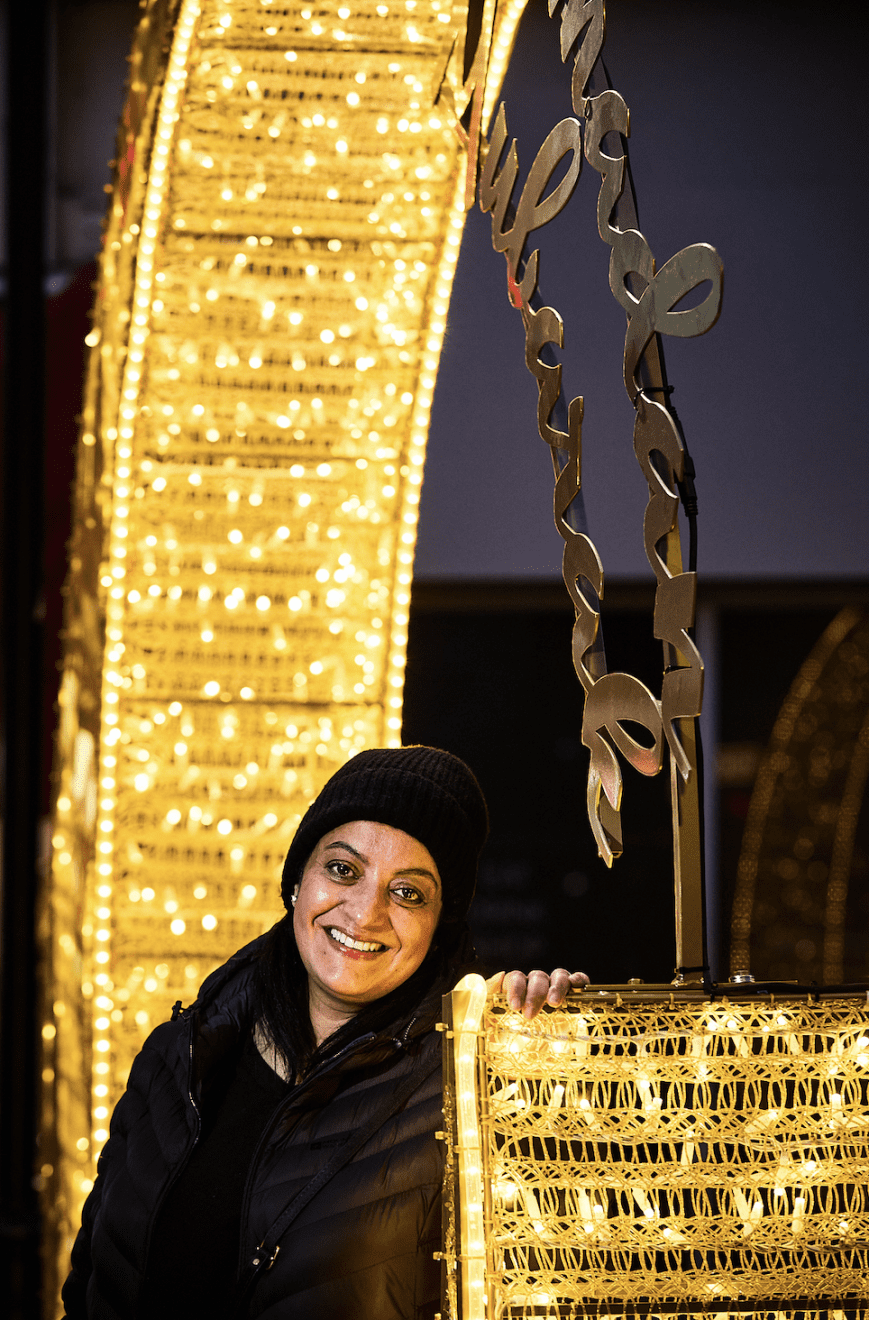With the bright and warm weather in the UK, now is the perfect time to spend more time outdoors and explore the diverse wildlife right outside your door. Arbtech, an ecology and arboriculture consultancy, has shared some insights on the wildlife to watch for this summer, along with tips for spotting them. Andrew Richards from Arbtech suggested that the summer season is a great opportunity to step outside and marvel at the incredible variety of wildlife found in the UK. “This guide aims to inspire people to venture out and appreciate the beauty of both familiar and new areas to experience nature,” he said. Connecting with the natural world around us can greatly improve our mental well-being, as well as provide a way to celebrate the fascinating species that call our country home.
Keeping a logbook of wildlife sightings during the summer. This can help track what species were seen, where they were spotted, and when they were encountered, making it easier to identify patterns and potentially discover even more species.
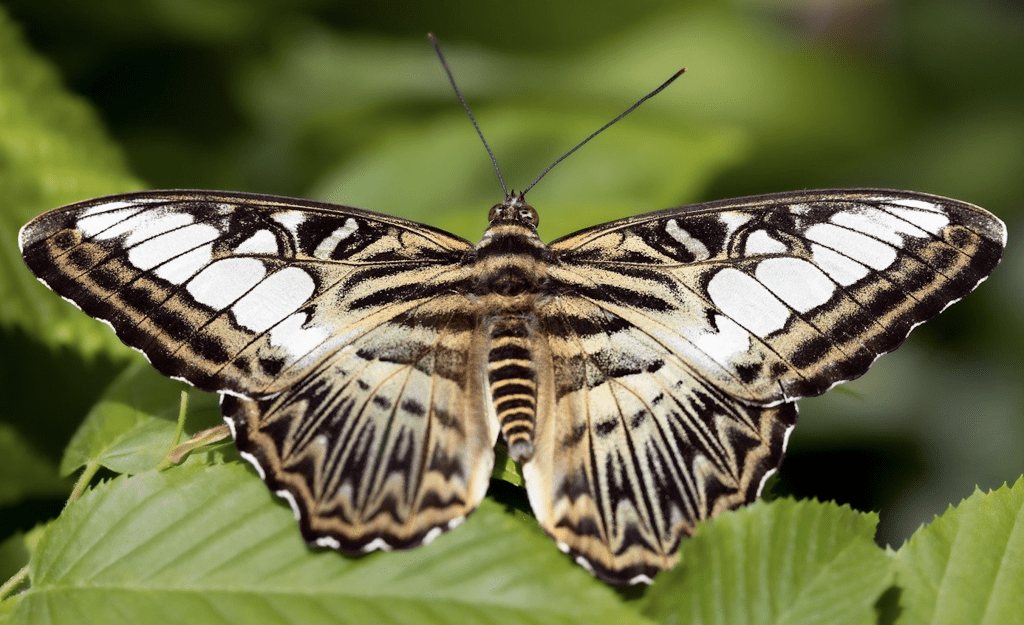
Butterflies
Summer is a fantastic time of year to spot butterflies, with a wide range of species gracing the UK. The peak butterfly season is considered to be from late spring to late summer, so be sure to not miss out. Look out for the distinctive comma butterfly which has orange and brown markings, with scalloped edges to its wings. In July, these butterflies will be looking for nettles to lay their eggs on, and once this generation hatch, they will hibernate as adults in the winter. Peacock butterflies are also easy to identify, with colourful eyespots on their wings – reminiscent of peacocks – to ward off predators. While you are likely to see peacock butterflies in the summer months, they can even be spotted as early as February and March.
As the name suggests, the marbled white butterfly can be recognised through its striking black and white checks and has spread from the south of England up to Yorkshire.
The best locations to go butterfly spotting are woodlands, meadows, gardens and parks, especially in sunny and calm conditions, as butterflies are cold-blooded and are most active in warmth. To increase your chances, wear neutral colours that blend into the environment to avoid drawing attention to yourself, as well as staying still and patient when you do spot these incredible insects.
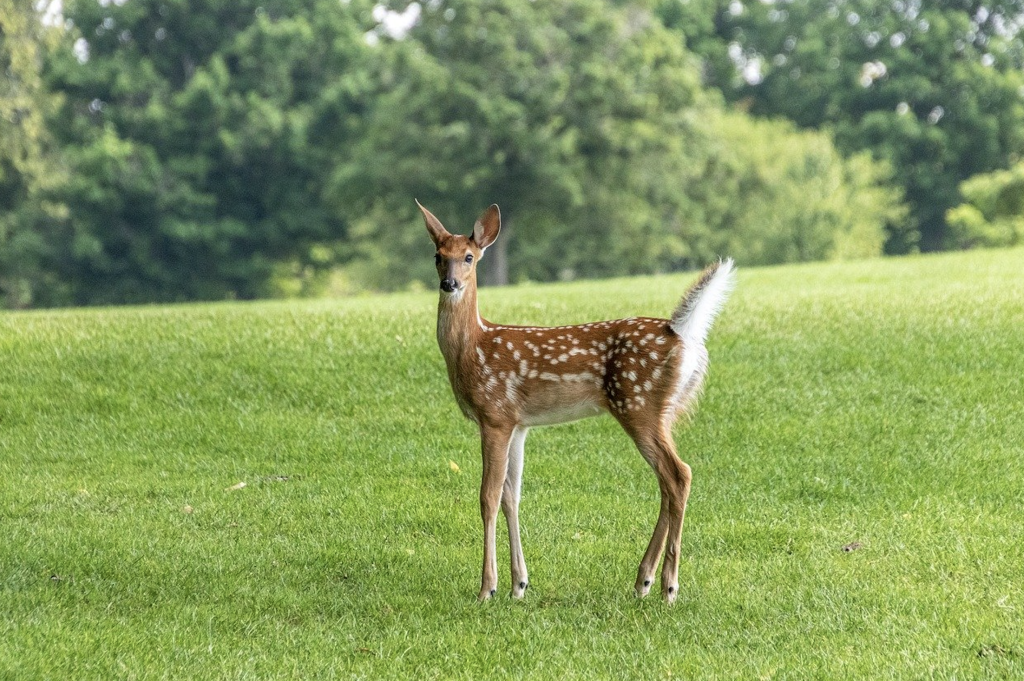
Deer
While deer can be seen all year round, keep your eyes especially peeled in the warmer months since these graceful animals can be spotted in long grass and woodlands.
Red deer are the largest species, sporting a short tail and reddish-brown coat and highly branched antlers with up to 16 points. These deer are most often found in Scotland, Exmoor and the Lake District in open moorland and forested areas.
The smaller roe deer have no visible tail and a black nose with a white chin. Unlike red deer, roes have small and simple antlers, typically with just three points on each. This species is more commonly spotted in the central and southern areas of the UK, especially in woodlands and at the edges of fields.
Fallow deer are perhaps the most identifiable since their antlers are shaped like the palm of a hand with small points and they have a long tail and bright white spots across their coat. These deer can be found in woodlands and parklands across the UK.
Deer are most active in the early morning and late evening, making these the best times to spot these beautiful creatures. Don’t forget that deer are shy, so ensure to avoid busy times, wear muted colours to blend into the environment and move slowly to avoid scaring them.
Bats
Summer is the best time to spot flying bats in the UK as they typically begin hibernating from October through to March or April, especially in the first half hour after sunset.
The UK’s most common species are the common pipistrelles who live in colonies of 1,000 or more in both urban and rural areas and can be spotted fluttering erratically while hunting for insects.
If you live near rivers or lakes, keep an eye out for the Daubenton’s bat, also known as the ‘water bat’, as they can be seen skimming the surface of water bodies to catch insects. These bats also have large feet to help distinguish them. Noctule bats are among the largest bats in the UK, with a wingspan of 36cm and body length of 75mm. This tree-roosting species forages widely and often emerges before dark in the summer to catch insects.
To spot bats, visit areas that are free from light pollution and woodlands and long bushy hedgerows, as they can move between them without much exposure. Make sure to stay still and quiet to increase your chances of seeing them.
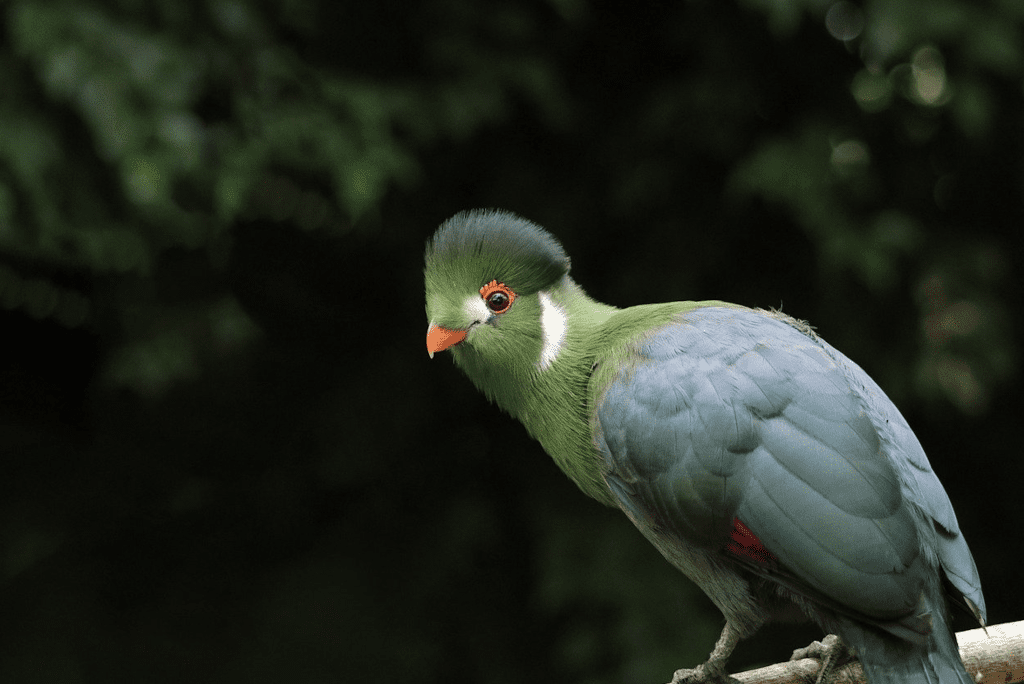
Birds
The earlier sunrises and warmer temperatures of the summer make birds seem louder and livelier, which is ideal for birdwatching. Keep on the lookout in the early morning and then the late afternoon to evening when birds become more active again.
Swallows are migrating birds that signify the arrival of summer. They glide gracefully and low to the ground or in treetops, sporting a red throat, white underside and a distinctive forked tail with streamers. Listen out for the ‘who who who who!’ of the pretty stock dove in parks, gardens, woodlands and wider countryside. These birds are blue grey, with a pink chest and an iridescent green patch on their neck. The blackcap is a common, grey brown that can be spotted throughout the summer in woods, hedgerows and gardens. Only the male species have black caps, while the female and young have brown caps.
A good pair of binoculars is essential to identify the birds that you see, and you could even familiarise yourself with common bird songs and calls. Remember to take full advantage of hides or observation points in parks and reserves to not startle birds.
Bugs
Minibeast hunting is a fantastic activity for the summertime, especially for children, as it’s a great opportunity to get hands-on with their surroundings. Make use of printable minibeast spotter sheets that are available online to keep track of the bugs that you spot. Woodlice and millipedes can be found by peeking under large stones and logs, looking closely at leaves can reveal caterpillars and ladybirds, and focusing on flowers can uncover bees and butterflies feasting on nectar. Don’t forget to bring a magnifying glass, as well as a spoon and clear container to help gently study the bugs that you spot.
Natasha Syed is the dynamic Editor-in-Chief of British Muslim Magazine, the UK’s premium Travel & Lifestyle publication catering to Muslim audiences. With a passion for storytelling and a keen eye for celebrating diverse cultures, she leads the magazine in curating inspiring content that bridges heritage, modern luxury, and faith-driven experiences.
Under her leadership, British Muslim Magazine continues to set the standard for authentic, and engaging trusted narratives, making it the go-to source for Muslim traveler's and lifestyle enthusiasts across the UK and beyond.


